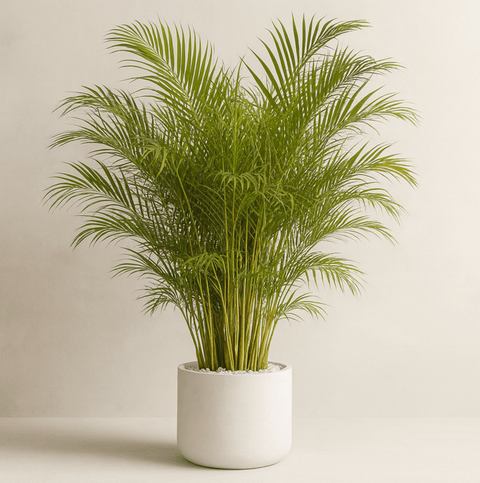Introduction
Chrysanthemums (mums) are a fall gardening favorite, known for their vibrant colors and long blooming season. These versatile flowers are perfect for adding a burst of color to your autumn landscape.

1. Understanding Fall-Blooming Chrysanthemums
There are many varieties of chrysanthemums suitable for fall planting. Unlike spring-blooming varieties, fall-blooming mums thrive in cooler weather. They prefer full sun, well-drained soil, and can handle a range of climates depending on the variety.
Key Differences Between Fall and Spring Varieties
Fall-blooming mums tend to be more cold-hardy, while spring-blooming varieties may not withstand colder autumn nights. Ensure you choose the right type for your gardening goals.
Ideal Growing Conditions
Fall-blooming mums flourish in full sunlight and well-drained soil. They thrive in climates with cooler autumn temperatures but will need protection from early frost in colder regions.
2. Choosing the Right Varieties
When selecting fall-blooming mums, popular varieties like 'Sheffield Pink', 'Cushion', and 'Decorative' offer a range of colors and forms. Choose based on your color preferences and the expected bloom time for the longest seasonal display.

3. Preparing Your Garden for Chrysanthemums
Fall is the best time to plant chrysanthemums. Prepare your garden by loosening the soil and adding organic matter for improved drainage. Select a spot with plenty of sunlight and good air circulation to prevent disease.
4. Planting Chrysanthemums
Follow these steps to plant your chrysanthemums:
- Dig a hole twice as wide as the root ball.
- Place the plant in the hole, ensuring the top of the root ball is level with the soil surface.
- Backfill with soil, water deeply, and space plants 18-24 inches apart to allow for air circulation.
5. Caring for Your Chrysanthemums
Mums need regular watering, especially right after planting. Water at the base to avoid wetting the leaves and reduce the risk of disease. Fertilize monthly with a balanced fertilizer to promote healthy blooms.
6. Designing with Fall-Blooming Chrysanthemums
Chrysanthemums work beautifully in borders, mixed beds, or containers. Pair them with other fall plants like ornamental grasses or asters for an impressive display. Use color theory to select harmonious or contrasting colors that enhance your garden’s aesthetic.

7. Extending the Blooming Season
To prolong blooms, regularly deadhead spent flowers and pinch back stems during the growing season. Protect your chrysanthemums from early frosts with row covers or by bringing potted plants indoors.
8. Preparing Mums for Winter
Once chrysanthemums finish blooming, cut back the stems to a few inches above ground. In colder climates, mulch heavily to protect roots from freezing temperatures. Some gardeners prefer to dig up mums and store them indoors over the winter.
9. Troubleshooting Common Issues
Watch for pests like aphids and diseases like powdery mildew. Proper spacing and watering can prevent most issues. If your mums wilt or fail to bloom, check for drainage issues or over-fertilization.

Conclusion
Fall-blooming chrysanthemums are a wonderful way to enhance your garden's beauty during the autumn months. Experiment with different varieties and landscaping designs to create a vibrant fall display.
Call to Action
Have you used fall-blooming chrysanthemums in your garden? Share your experiences in the comments below! Don't forget to subscribe for more gardening tips and seasonal advice.






























Comments (0)
There are no comments for this article. Be the first one to leave a message!